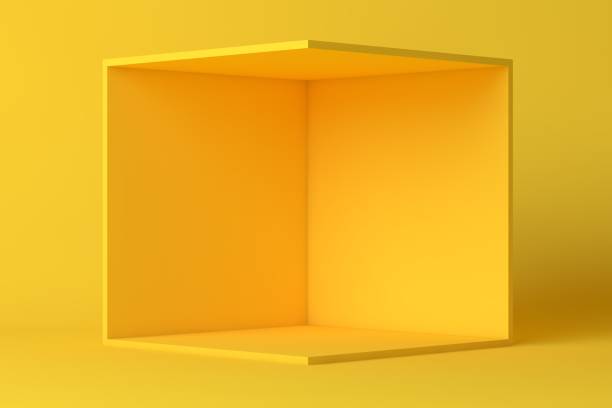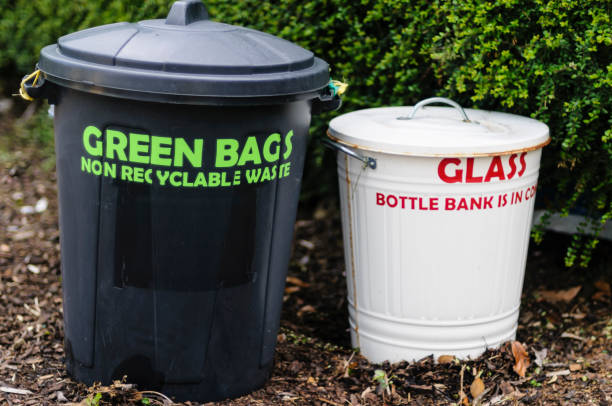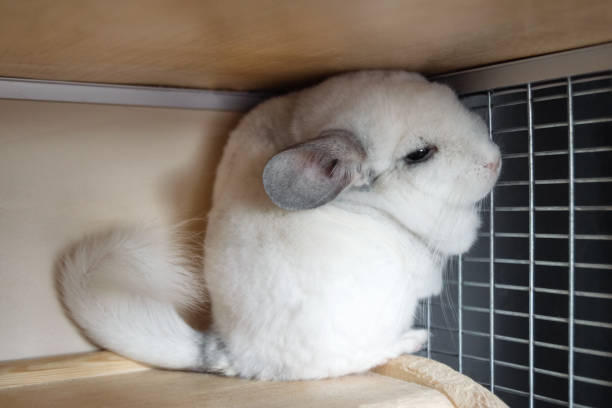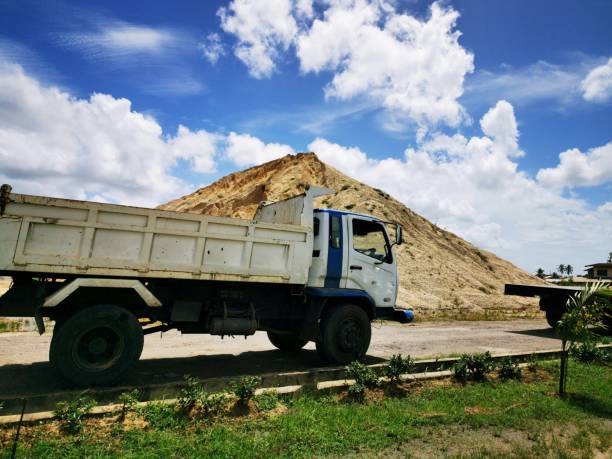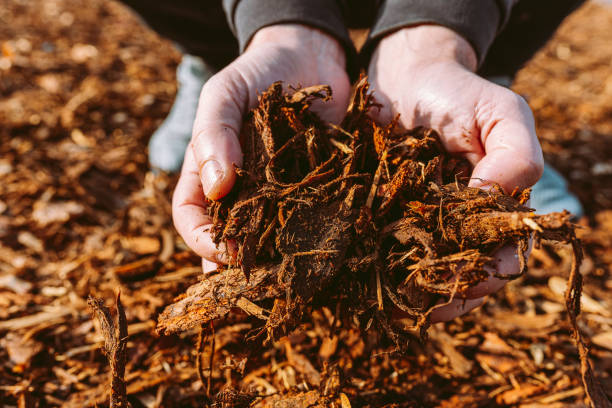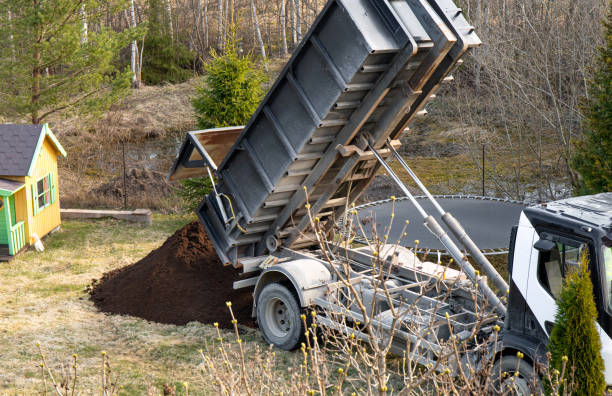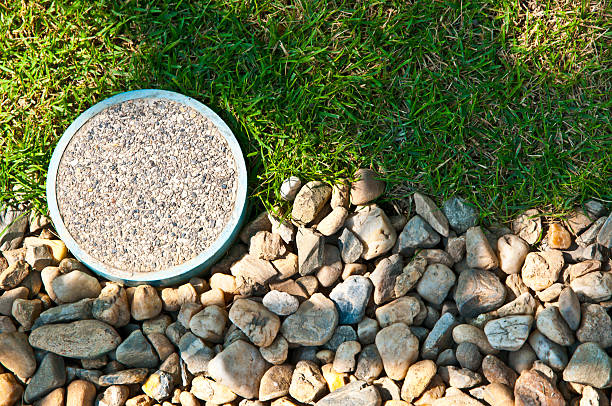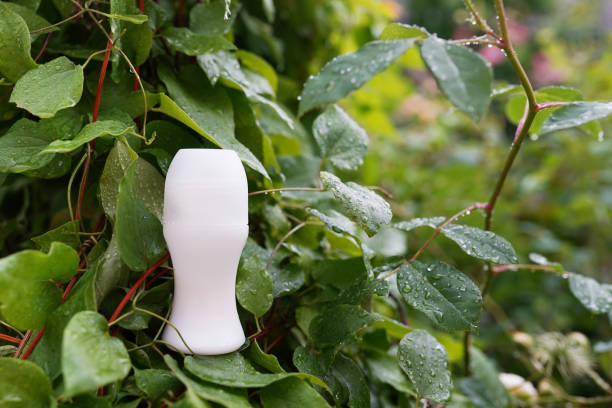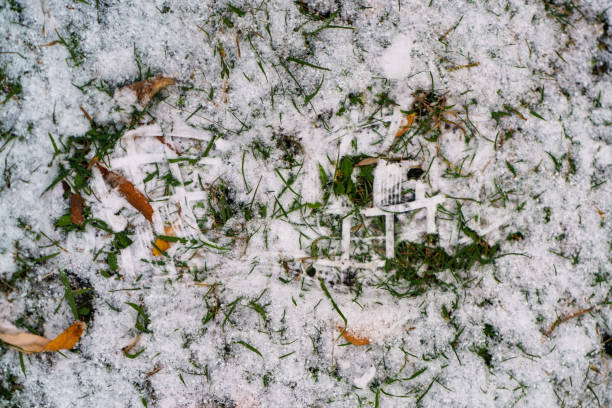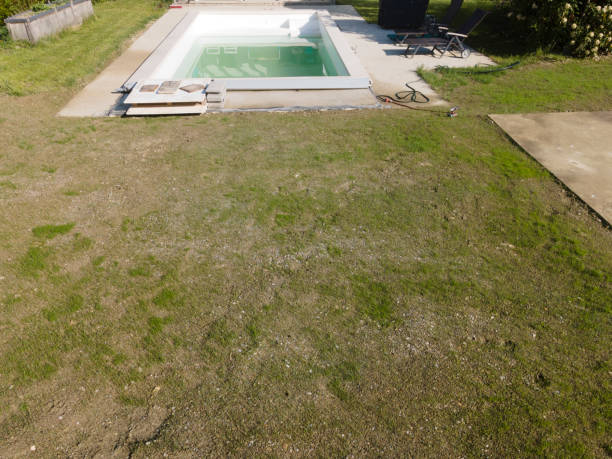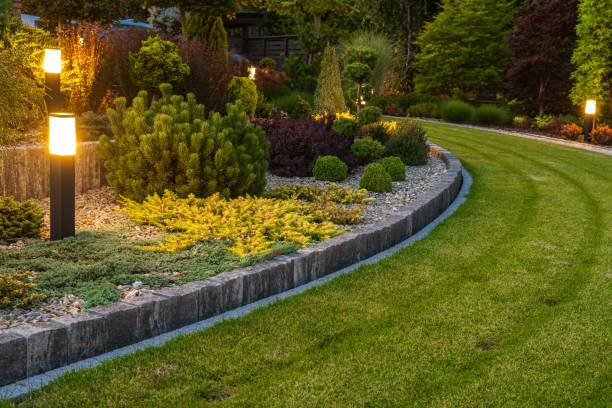How Big is 10 Cubic Yards
This post contains affiliate links. This means I will make a commission at no extra cost to you should you click through and make a purchase. Read the full disclosure here.When it comes to understanding measurements, it can sometimes be challenging to visualize the actual size or quantity. This is especially true for measurements like cubic yards, which are commonly used in various industries, including construction, landscaping, and waste management. In this article, we will explore the question, “How big is 10 cubic yards?” and provide a clear understanding of this measurement. So, let’s dive in and explore the world of cubic yards!
Introduction
In many industries, including construction and landscaping, cubic yards are used as a standard unit of measurement. Understanding the size and volume of cubic yards is crucial for accurately estimating the amount of materials needed for a project or determining the capacity of a container or space. When we talk about 10 cubic yards, we are referring to a specific volume that can vary depending on the context in which it is used.
Understanding Cubic Yards
Definition of a Cubic Yard
Before we delve into the size of 10 cubic yards, let’s define what a cubic yard is. A cubic yard is a unit of volume that represents a cube measuring one yard (or three feet) in length on each side. It is equivalent to 27 cubic feet or approximately 764.55 liters. The cubic yard is widely used in the United States, particularly in the construction and landscaping industries, to measure materials such as concrete, soil, gravel, and mulch.
Visualizing the Size of a Cubic Yard
To better understand the size of a cubic yard, let’s try to visualize it. Imagine a cube-shaped container that measures one yard (or three feet) in length, width, and height. This container can hold exactly one cubic yard of material. To put it into perspective, visualize stacking 27 standard-sized shoeboxes together. The resulting volume would be roughly equivalent to one cubic yard.
Applications of 10 Cubic Yards
Now that we have a basic understanding of cubic yards, let’s explore the applications of 10 cubic yards and how this volume is commonly used in various industries.
Landscaping Projects
In landscaping, 10 cubic yards can be a significant volume for various tasks. It can be used to calculate the amount of soil or mulch needed to cover a specific area, such as a garden bed or lawn. Additionally, if you are planning to install a new patio or pathway, 10 cubic yards of gravel or sand may be required as a base material.
Construction and Demolition
In the construction industry, 10 cubic yards often come into play when estimating the amount of concrete or other building materials required for a project. For example, if you are pouring a concrete foundation, 10 cubic yards of concrete might be needed. Similarly, when demolishing a structure, 10 cubic yards can represent the volume of debris or waste that needs to be removed.
Moving and Hauling
When it comes to moving or hauling large quantities of items, 10 cubic yards can be useful in estimating the capacity of a truck or container. If you are renting a dumpster for a cleanout or renovation project, a 10-cubic-yard dumpster can typically hold the equivalent of around four pickup truck loads of waste.
Comparison to Common Objects
To further comprehend the size of 10 cubic yards, let’s compare it to some common objects or spaces that we encounter in our daily lives.
10 Cubic Yards vs. a Small Car
Visualize a small car, such as a compact sedan or hatchback. The average interior volume of such a vehicle ranges between 90 and 105 cubic feet, which is significantly smaller than 10 cubic yards. In fact, 10 cubic yards is roughly equivalent to 270 cubic feet. So, imagine filling up that small car almost three times with materials, and you’ll get a sense of how big 10 cubic yards can be.
10 Cubic Yards vs. a Swimming Pool
A typical residential swimming pool has a volume ranging from 20,000 to 30,000 gallons, which is equivalent to approximately 75 to 113 cubic yards. Therefore, 10 cubic yards would be roughly one-tenth the size of a small swimming pool. Visualize a portion of a swimming pool reduced in size by ten, and you’ll have an idea of the volume occupied by 10 cubic yards.
Calculating the Volume of 10 Cubic Yards
If you need to calculate the volume of a space or container in terms of cubic yards, it’s essential to understand how to perform the calculation accurately. To calculate the volume in cubic yards, multiply the length, width, and height (or depth) of the space in yards. If the dimensions are not already in yards, convert them accordingly before performing the calculation.
For example, if you have a rectangular space with dimensions of 6 feet by 5 feet by 4 feet, first convert the dimensions to yards (divide each dimension by 3), resulting in 2 yards by 1.67 yards by 1.33 yards. Multiply these three dimensions together (2 x 1.67 x 1.33) to obtain the volume in cubic yards, which in this case would be approximately 4.46 cubic yards.
Benefits of Using Cubic Yards as a Measurement
Using cubic yards as a standard unit of measurement offers several benefits in various industries. Here are a few advantages:
- Consistency: Cubic yards provide a consistent and standardized measurement across different materials and applications.
- Ease of Estimation: With cubic yards, it becomes easier to estimate the quantity of materials needed for a project, reducing the chances of over or under ordering.
- Efficiency: Contractors and professionals can efficiently plan their projects and allocate resources based on accurate cubic yard measurements.
- Cost Savings: By accurately estimating the required materials, unnecessary expenses can be avoided, leading to cost savings for both individuals and businesses.
Final Thoughts
In conclusion, understanding the size and volume of 10 cubic yards is essential for anyone involved in construction, landscaping, or waste management projects. By visualizing the measurements and comparing them to familiar objects, we can better comprehend the scale of 10 cubic yards. Remember, when dealing with cubic yards, accurate calculations and estimations are key to ensuring the success and efficiency of your projects.
FAQs
What other units are commonly used to measure volume besides cubic yards?
There are several other units commonly used to measure volume, such as cubic feet, liters, gallons, and cubic meters. The choice of unit depends on the specific industry or region.
Can I convert cubic yards to other units of volume?
Yes, you can convert cubic yards to other units of volume. There are conversion factors available to convert cubic yards to cubic feet, liters, or gallons, depending on the unit you want to convert to.
Is 10 cubic yards a standard dumpster size?
No, 10 cubic yards is considered a smaller dumpster size. Standard dumpster sizes range from 10 to 40 cubic yards, with larger sizes available for bigger projects.
How long does it take to fill a 10-cubic-yard dumpster?
The time it takes to fill a 10-cubic-yard dumpster depends on the amount of waste or debris generated and the pace of the project. It can vary from a few hours to several days.
Can I rent a 10-cubic-yard dumpster for residential use?
Yes, many waste management companies offer 10-cubic-yard dumpsters for residential use. It’s a popular size for small cleanouts, renovations, or landscaping projects.


